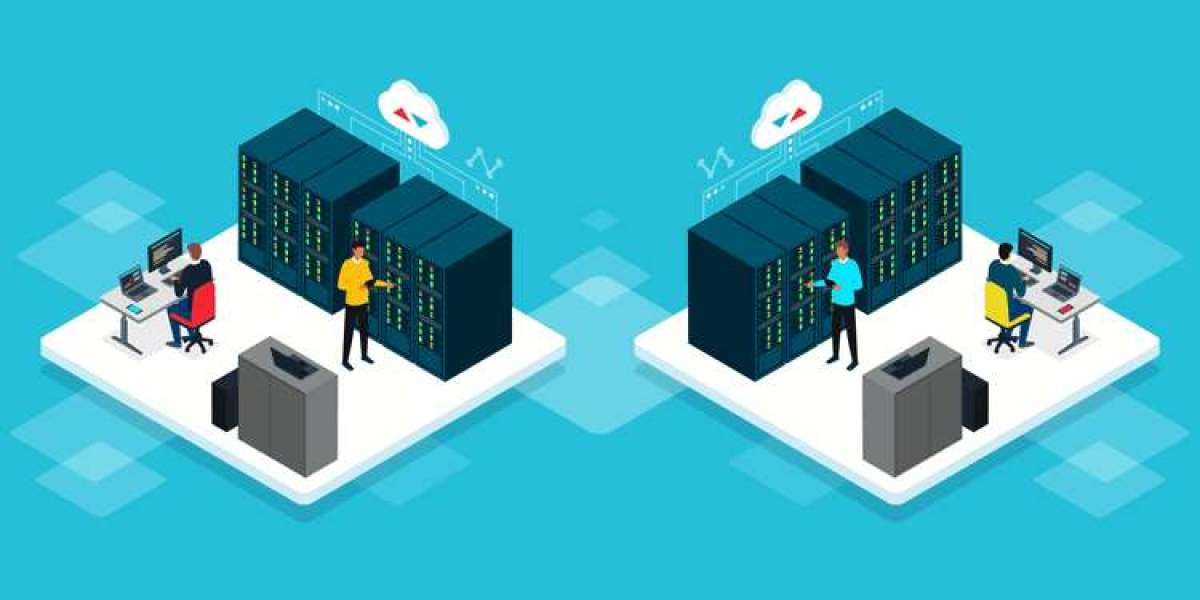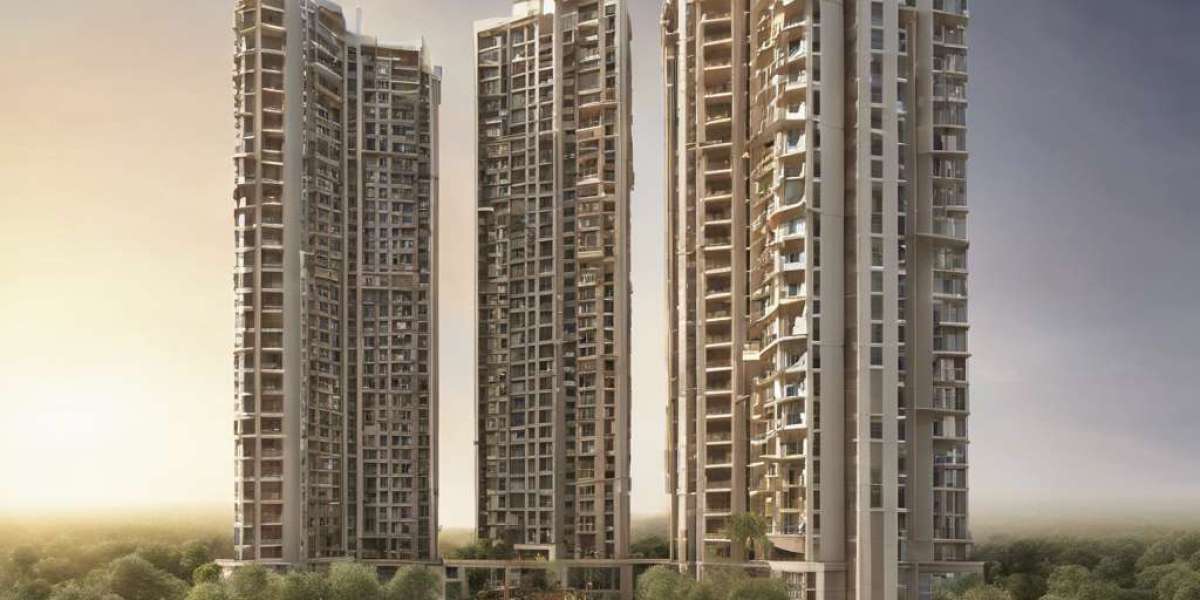In the world of real estate development, especially when it comes to data centers, one crucial factor that cannot be overlooked is redundancy. But why is redundancy so critical in data center real estate development?
The Significance of Redundancy in Data Centers
Redundancy in data centers refers to the duplication of critical components and systems to ensure continuous operation in case of a failure. This redundancy is essential to prevent downtime and maintain uninterrupted service for businesses that rely on data centers for their operations. Without redundancy, a single point of failure could lead to catastrophic consequences, including loss of data, revenue, and customer trust.
Key Benefits of Redundancy in Data Center Real Estate Development
Minimizing Downtime: Redundancy helps to minimize downtime by ensuring that if one system fails, there is a backup system ready to take over seamlessly. This is crucial for businesses that require 24/7 operation and cannot afford even a minute of downtime.
Enhancing Reliability: By duplicating key components such as power supply, cooling systems, and network infrastructure, redundancy enhances the reliability of data center operations. This ensures that critical services remain available to users without any interruptions.
Improving Scalability: Redundancy also plays a key role in scalability, allowing data centers to easily expand their capacity without disrupting ongoing operations. This flexibility is essential for businesses experiencing rapid growth and increasing demands for data storage and processing.
Implementing Redundancy in Data Center Development
When it comes to developing a data center with redundancy in mind, several key factors need to be considered:
Power Redundancy: Implementing dual power feeds, backup generators, and uninterruptible power supply (UPS) systems to ensure continuous power supply in case of outages.
Network Redundancy: Building diverse network paths, redundant switches, and routers to prevent network failures and maintain connectivity at all times.
Cooling Redundancy: Installing redundant cooling systems, backup chillers, and airflow management solutions to regulate temperature and prevent overheating.
By incorporating these redundancy measures into the design and construction of data centers, real estate developers can create robust and reliable infrastructure that meets the high demands of modern businesses.
Conclusion
In conclusion, redundancy is a critical component of data center real estate development that cannot be underestimated. By investing in redundancy measures such as power backup, network redundancy, and cooling redundancy, developers can ensure the seamless operation of data centers and provide high levels of reliability and uptime to their clients. In today's competitive business landscape, where downtime can lead to significant financial losses and reputational damage, redundancy is not just a luxury but a necessity for data center operations.






